Dark Draft – Considering the Review Period
This is a guest blogpost by Josiah Fiscus. Josiah Fiscus is a 31-year-old gamer from Pittsburgh, PA who has been playing CCGs and designer board games for over two decades. When he’s not at the game table, you’ll find him playing drums and serving as a deacon in his local church or enjoying time outdoors with his wife, Erin, and two kids (ages 5 and 4).
As a competitor at Worlds 2016, I was part of the first group to test out the new review periods in Dark Draft. As this tweak to the process was well-received by everyone I spoke with, I would imagine it will soon become part of the official tournament rules.
Previously, as you drafted cards, they were placed face-down into a pile and could not be reviewed again until the draft was complete. This new process adds a 60-second review period after pack 3 and pack 7. Let’s take a look at how you should be spending that precious extra minute, and discuss a little basic Dark Draft strategy in the process.
Principle 1: Loyalty and Ally triggers are harder to activate. Unlike constructed decks, which often run only 2 factions, most dark draft decks will end up with at least a card or two from all of the four factions. Because of that, Loyalty and Ally triggers are far less consistent. Assessing how much of a card’s value is tied to its conditional triggers is an important skill. Without his loyalty, Angel of Death is just a slow, expensive, minor threat. But with his loyalty, he can completely turn the tide of the game to your favor, clearing multiple untargetable Champions and establishing a threat of your own. Because his value is so tied to that trigger, Angel of Death is almost never correct as a first pick in your first pack. On the other hand, a card like Raxxa, Demon Tyrant can be quite useful whether the loyalty trigger happens or not. If there aren’t very small champions or tokens to clear, it might very well still be correct to put 18 attack onto the table spread across three bodies. Obviously the draft implications are obvious, but when it comes to the review period, a quick count of cards in each color should be your first priority. Then, also check how many cards need loyalty/ally triggers to be at their best as well as what color of cards are needed to trigger them. Ideally, you should only be drafting loyalty-dependent cards of only 1 faction, and at least 50-75% of your cards should be that faction if you intend to rely on those triggers. If you aren’t at that level, the next few packs need to prioritize drafting those colors, even if it means passing off-color cards that are better in a vacuum.
Principle 2: You need both targeted removal and sweepers. There are far more big threats in Epic than there are ways to deal with those threats. If your opponent gets a Sea Titan in play, can your deck still win the match? You probably want at least 3 sweepers (like Wave of Transformation) in your 30-card deck. Additionally, you will want targeted removal such as Drain Essence and Banishment. (Of course the very best cards, like Kong, can serve as both targeted removal and a big threat.) The second pass through your cards should be a check to make sure you are on pace for sweepers and removal. Ideally, you should have a sweeper in the first three packs, two after pack seven, and three by the end. If you do not, you need to prioritize picking up a couple during your next few packs. Bear in mind, it’s better to have too many than too few as they often can also serve as card draw. You should then follow the same rubric for targeted removal events so you end up with at least 3 of those also. If you don’t have enough, prioritize them highly.
Principle 3: Zero-Costs are highly valuable. In a constructed deck, only a third of your cards will be zero-costs, at most. There is a reason for that restriction; a deck full of zero-costs can allow you to play many more cards than your opponent turn, especially when paired with copious amounts of card draw. But since draft has no such restrictions, you can and should draft as many zero-costs as possible and as much card draw as you can. This is especially true if those zero-cost cards are any of the types we’ve mentioned (card draw, sweeper, or targeted removal). Because of this, cards like Muse (card draw), Flash Fire (sweeper), and Consume (targeted removal) are all eminently first-pickable zero-cost cards. As you review your packs, make sure that at least a third of your cards are zero-cost to match a normal constructed ratio, but if you have even more zero-cost cards, that’s even better. If you look at your cards after pack three and have fewer than 3 zero-cost cards or look at your cards after pack 7 and have fewer than 7 zero-cost cards, prioritize them highly in your remaining packs.
Principle 4: Slow one-cost threats are a-dime-a-dozen. Of course Burrowing Wurm can sometimes be problematic for your opponent. Of course Drinker of Blood can swing the health totals in your favor. Of course Thundarus is difficult to remove. But the reality is that a different non-Ambush, non-Blitz, 1-cost Champion could easily replace any of these cards with little to no effect on the efficacy of your deck. If it’s not simultaneously doubling as targeted removal (like Palace Guard), it is a low priority. Obviously you will need something to do on the first turn and you will likely win the game by reducing your opponent to 0 health, but this category is the easiest to end up with too many of. When you are presented with a choice of 1-cost champions, look for ones that serve as removal first. Then look for ones with Ambush. Then ones that draw cards. Then ones with Blitz. Those things in order will keep your hand from being clogged with cards that you cannot play. Review your 1-cost cards to make sure they aren’t too slow. If you have more than 4, you probably need to forgo drafting any other slow Champions (unless they are also functioning as removal or card draw).
In summation, your review period should go something like this:
- Scan quickly through and determine your color(s) that you have the most of as well as their overall ratio. Remember you are shooting for 75% of 1 color or else foregoing ally/loyalty-reliant cards for the rest of the draft. 10 seconds.
- Scan through again looking for ally/loyalty-reliant cards. Decide how highly you need to prioritize that color. Do not attempt to draft around multiple colors. 15 seconds.
- Scan through again counting your 0-cost cards. Consider that you want at least 1/3 to be 0-cost, and more if possible. 10 seconds.
- Scan though again to make sure you have at least a sweeper and a targeted removal card. If you don’t, you need to highly pick them. If you have more than that, you can more easily focus on your loyalty costs, card draw, etc. instead. 10 seconds.
- Review your 1-cost cards and see if they have Ambush, card draw, and/or Blitz. Be cautious about taking ones that do not in the future, especially if you have a lot already. 15 seconds.
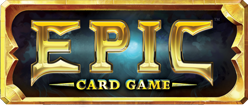
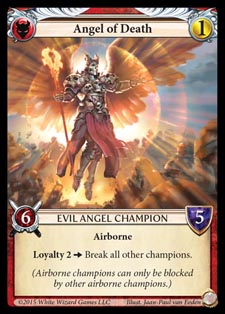
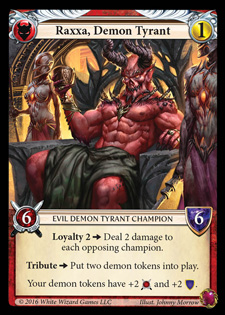
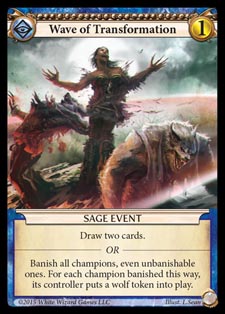
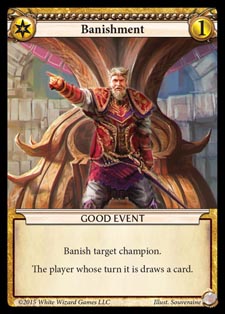
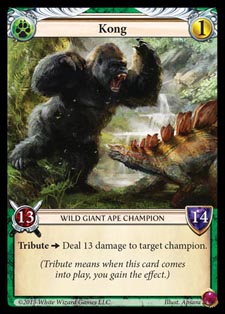

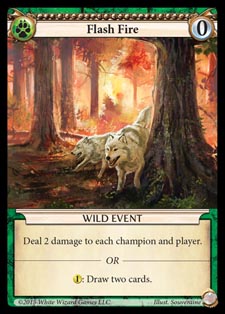
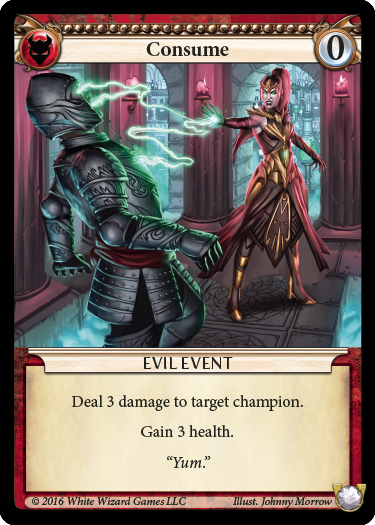
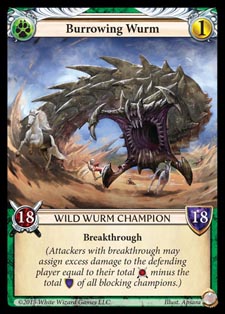
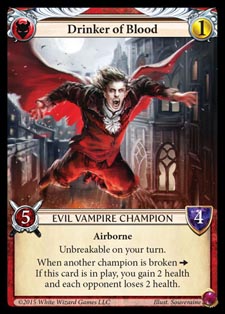
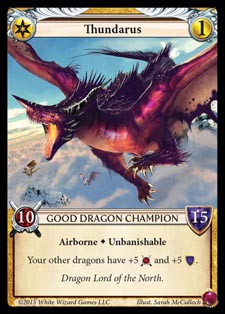
Recent Comments